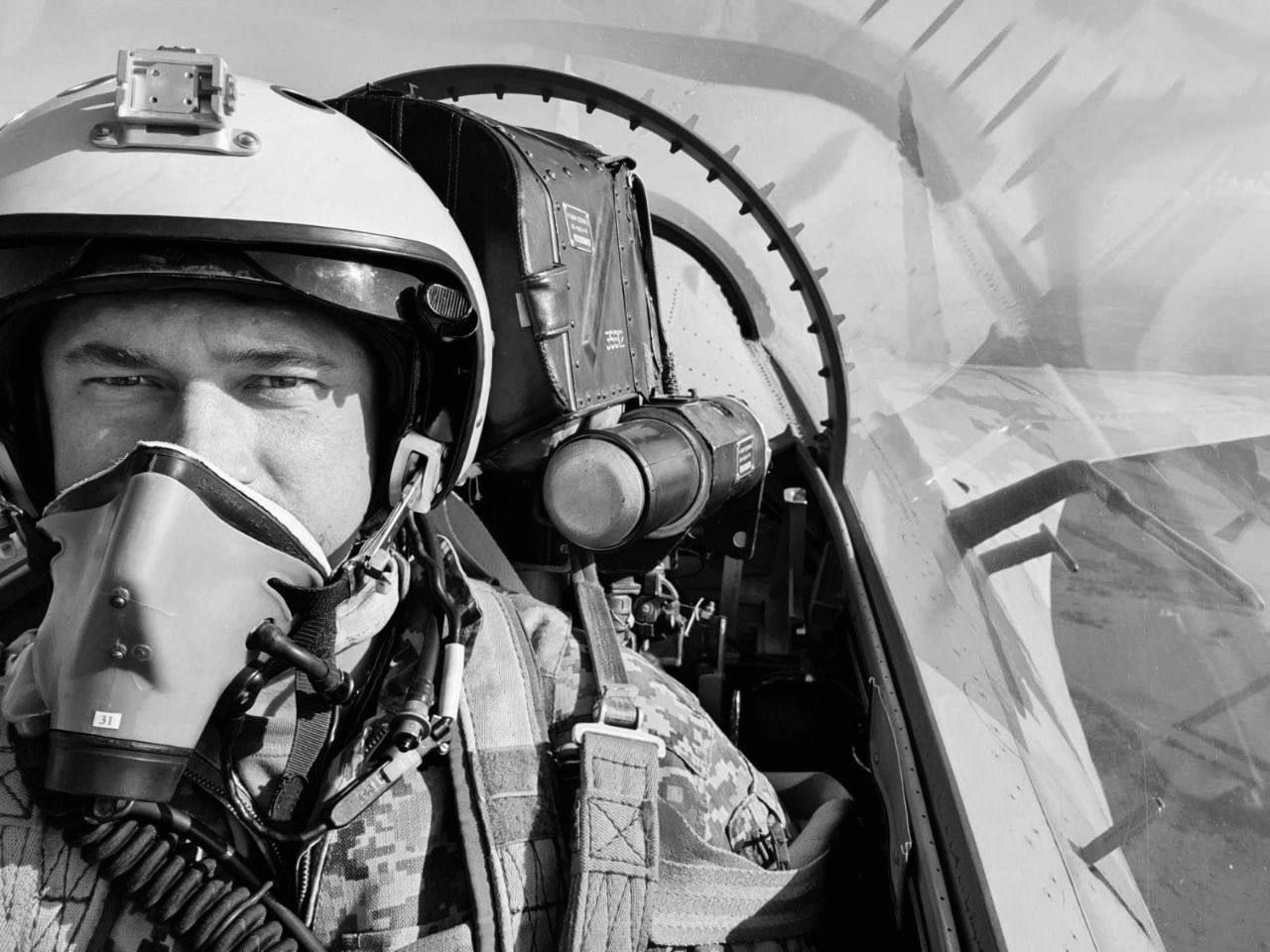An Iranian-origin kamikaze drone has reportedly taken down a Ukrainian air force’s Sukhoi Su-27 fighter, killing the pilot.
The Su-27 and its pilot are only the second set of victims of Iranian-origin loitering munitions since the Russia-Ukraine war began over a year ago. The first combat jet victim of the kamikaze drone attack was a MiG-29 aircraft on October 12 over Vinnytsia.
The MiG-29, however, was hit by shrapnel from the exploding drone causing damage to its engine and forcing the pilot to eject, as was later clarified by Ukraine’s State Bureau in a statement.
Yet, many accounts of the incident said that the pilot first shot down five Gerans (or the Shahed-136) before deciding to eject owing to the mid-air malfunction caused by the drone’s debris.
While the exact circumstances surrounding the downing of the Su-27 in the latest case of a combat jet taken down by the drone is unknown, reports have identified the deceased pilot as Denis Kirilyuk, which the 831st Tactical Aviation Brigade later confirmed on the Facebook page. The page is, however, not available any longer.
Ukrainian Su-27 fighter jet pilot Major Denis Kirilyuk was killed on the night of March 27-28. pic.twitter.com/48f0mwUdLw
— Clash Report (@clashreport) March 28, 2023
Geranium-2 (or Geran-2) is the Russian rechristening of the Iranian Shahed-136 kamikaze drone that Moscow acquired a few months before the war.
Some reports later concluded it was copied and manufactured in Russia with their own modifications. The nature of official technical collaboration between Russia and Iran- whether Tehran transferred the technology or Moscow manufactured them under license- is unknown.
?The outstanding defender of the sky, Denys Kyrylyuk, died in the war
During his life, the Hero made more than 80 sorties. In August 2022, Kyrylyuk was awarded the Order "For Courage" III degree. He also received the award "For participation in the anti-terrorist operation".… pic.twitter.com/YJSK2pYbtF
— Malinda ???????????????????? (@TreasChest) March 28, 2023
UAVs Far Away From Aerial Combat Capability
The incidents have raised the possibility of drones potentially replacing fighter jets for advanced roles like air-to-air combat.
However, an assessment regarding the drones’ current capabilities doesn’t make it imminent anytime soon, given the limitations of both unmanned flight control and complexity in air warfare.
For one, in a highly contested airspace, a drone operated by a ground control station can perform a few tricky missions requiring complex maneuvering.
The control lags from the station, and the dependency on remote human intervention for operation ensures a constant live satellite-radio link that can be hacked with Electronic Warfare (EW).
Secondly, the drone would have a limited field of view in terms of both visual and radar coverage. Pilots engaging in air-to-air combat need wide visual and electronic coverage in both beyond and within-range combat.
Today’s drones’ general orientation is air-to-ground missions, a role that will remain dominant for the next few decades.

Moreover, to engage in aerial combat, the drone must have an advanced airborne radar, either a passive or an Active Electronically Scanned Array (AESA), apart from the heavy satellite navigation and radio links. This will entail extensive technical challenges on a relatively light platform like a drone.
The challenges in airframe design will be highly complex to accommodate fire control systems performing air-to-air missions, optical and electronic reconnaissance, surveillance, and air-to-ground attack.
There are also likely to be issues with the engine since having these many advanced airborne electronics would need a bigger power plant that can generate the required amount of electrical power.
Even if these are overcome, making a propeller-driven UAV of sharp, tight maneuvers is impossible. The farthest an AAM-capable UCAV can do is undertake a counter-drone role.
It can also possibly act as a missile truck for releasing AAMs as directed by another manned fighter based on a data link connecting the two. This comes closest to the loyal wingman concept, which is still nascent in technology and tactics.

Loyal wingmen systems developed by the US, Russia, India, and China — are primarily for taking off routine surveillance, air search, data linking/sharing, and ground attack roles away from the bigger controlling aircraft.
Many experts have assessed aerial combat to come much later after many basic technologies and tactics of manned-unmanned teams ground attacks are refined over the next few decades.
However, drones do have a particular advantage over aircraft, the primary one being lower operational costs, maintenance infrastructure, and being free of complicated pilot training and other resultant expenses.
Industry leaders like SpaceX CEO Elon Musk believe drone warfare is the future. In 2020, during a conversation with US Air Force Lt Gen John Thompson at the Air Warfare Symposium, he said, “The fighter jet era has passed. Drone warfare is where the future will be. It’s not that I want the future to be – it’s just, this is what the future will be.”
- The author can be reached at satamp@gmail.com
- Follow EurAsian Times on Google News




